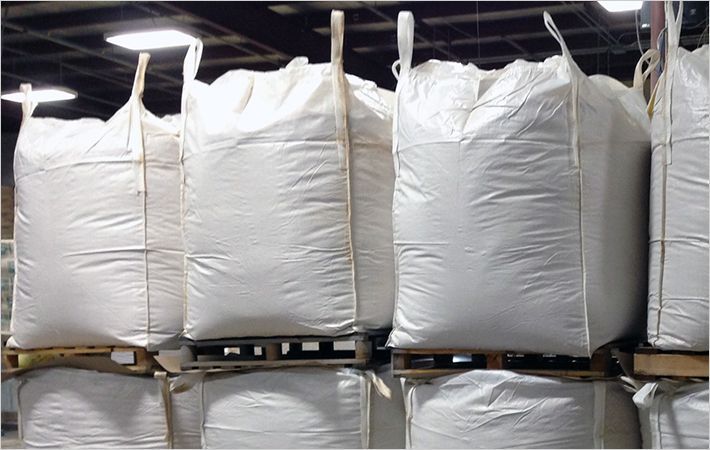One of the topics studied currently at the Department of Forest Products Technology of the School of Chemical Technology is the use of nanocellulose as reinforcement of polymers such as thermo-plastics. Nanocellulose, or wood fibre broken down to the nanoscale, mixed with a polymer results in a tough material. This purely natural product may replace synthetic petroleum-based fibres commonly used to reinforce composite materials nowadays.
In his doctoral dissertation, Mindaugas Bulota, M. Sc. (Tech.), studied composites made of poly(lactic) acid (PLA) and cellulose. Bulota observed that even a small amount of cellulose improves the toughness of PLA. When the amount of cellulose in the composite was less than 5 weight per cent, the toughness of composite was approximately ten times higher than that of pure polymer.One of the topics studied currently at the Department of Forest Products Technology of the School of Chemical Technology is the use of nanocellulose as reinforcement of polymers such as #
This composite material is renewable and, according to the researcher, decomposes in approximately several months.
- It would decompose into water and carbon dioxide in natural compost environment and would not do any harm to nature, Bulota explains.
- If this pen in my hand was made of nanocellulose, it would break into pieces as soon as fell on the floor. Yet, nanocellulose mixed with PLA results in a tough material which would be able to withstand service loads, Bulota describes.
- It is as if brittle glass was magically transformed into tough plastic, Bulota illustrates.
Of course, it is not quite as simple as that. Cellulose is hydrophilic, meaning that it mixes easily with water and thus does not easily bind with the hydrophobic or water-repelling PLA polymer. In a reaction called esterification, some of the hydrophilic OH groups in cellulose are replaced by hydrophobic ester groups, which improve compatibility. The level of substitution can be used to control the mechanical behaviour of composites.
PLA-nanocellulose composite films of 70 micrometres in thickness were manufactured and their mechanical properties tested. Particular attention was paid to their deformation and facture mechanisms under mechanical loading in tension.
In addition, the chemical structure of composite was examined using Raman spectroscopy. Intensity bands in a Raman spectrum indicate a greater concentration of material in composite. Nanocellulose must be evenly distributed within a polymer in order to achieve the best properties.
The deformation and fracture mechanisms of composites at nanoscale are complex phenomena which are not fully understood yet. Additional studies on the behaviour of nanocellulose within the polymer are required.
- If we manage to gain a better understanding of what happens in nanocellulose and PLA composite under mechanical loading, we get closer to a recipe for manufacturing a new kind of materials which are environmentally friendly, tough, strong and renewable. Furthermore we would be able to tailor the properties of these materials according to one's needs, Bulota explains.
The range of possible applications is wide.
- Nanocellulose composites could be suitable for various applications such as medical implants, flexible screens, scaffold for tissue engineering, just to name a few. It could also provide an environmentally-friendly alternative for petroleum-based plastics which are greatly used in packaging. The extensive use of non-degradable plastics has led to ecological disasters such as “The Great Pacific Garbage Patch” which is made up of plastic junk floating in the Pacific Ocean and is twice the size of the United States.
Mindaugas Bulota, M.Sc. (Tech.), to defend his doctoral dissertation 'Deformation and fracture mechanisms in nanocellulose reinforced composites' at the Aalto University School of Chemical Technology (Department of Forest Products Technology, Auditorium, Tekniikantie 3, Espoo).
Aalto University

